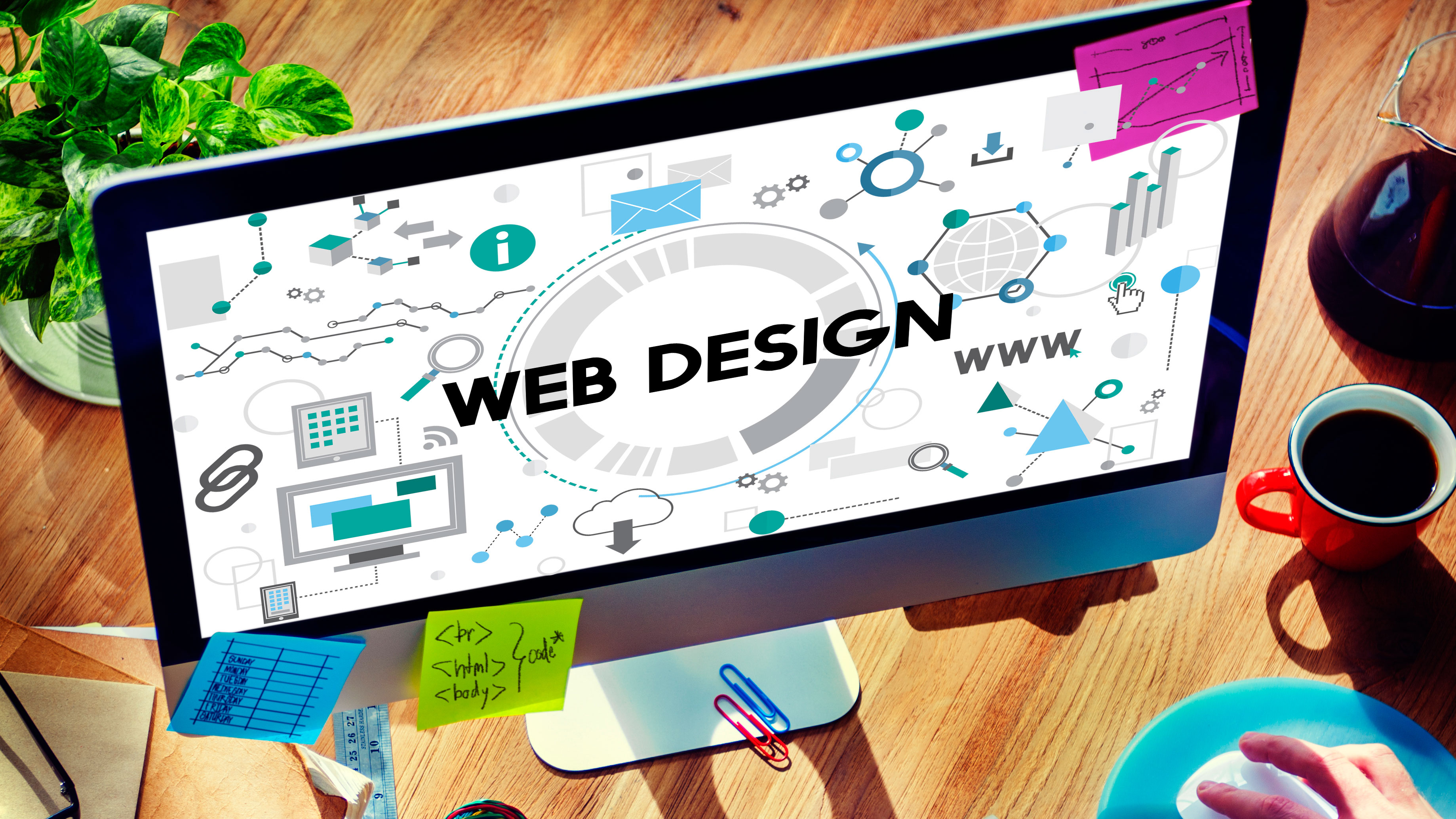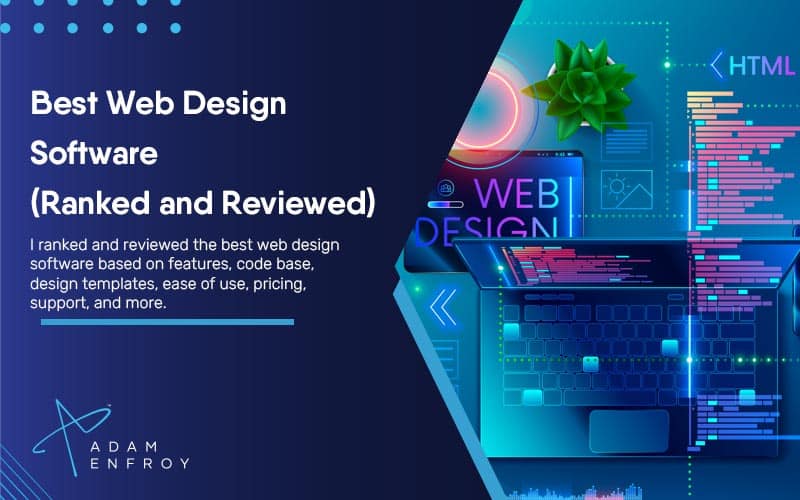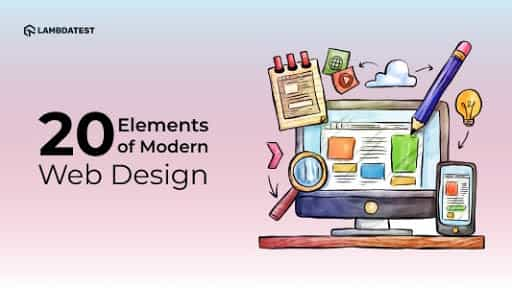All Categories
Featured
Table of Contents
- – Pueblo Web Design Tips and Tricks:
- – Web Design Services - Verizon Small Business ...
- – Web Designer News - The Best Curated News For...
- – Collaborate & Create Amazing Graphic Design F...
- – Boxcar Studio - Wordpress & Drupal Web Design...
- – Top 30 Web Design Companies - Apr 2022 - Desi...
- – Web Design Certificate - Web Development Cer...
- – Responsive Design Best Practices - Google Se...
- – Powderkeg: Web Design Madison, Wi Tips and T...
- – Figma: The Collaborative Interface Design To...
- – Web Design Services By Freelance Website Des...
Pueblo Web Design Tips and Tricks:
Quick summary Functionality and the energy, not the visual style, identify the success or failure of a website. Because the visitor of the page is the only individual who clicks the mouse and for that reason chooses everything, user-centric design has established as a standard method for successful and profit-oriented website design - web design frederick md.
and the utility, not the visual style, identify the success or failure of a website. Because the visitor of the page is the only individual who clicks the mouse and therefore chooses whatever, user-centric style has ended up being a basic approach for effective and profit-oriented website design. After all, if users can't use a feature, it might also not exist.
g. where the search box need to be put) as it has actually currently been done in a number of posts; rather we concentrate on the methods which, used appropriately, can cause more advanced design decisions and streamline the process of perceiving provided details. Please see that you might be interested in the usability-related posts we have actually published prior to: Concepts Of Good Website Design And Reliable Website Design Standards, In order to use the principles correctly we initially require to understand how users communicate with websites, how they believe and what are the standard patterns of users' habits.
Web Design Services - Verizon Small Business Essentials Tips and Tricks:
Visitors glance at each new page, scan some of the text, and click the very first link that catches their interest or slightly resembles the important things they're searching for. In fact, there are large parts of the page they don't even take a look at. Most users look for something intriguing (or helpful) and clickable; as quickly as some appealing prospects are discovered, users click.
If a page offers users with premium material, they are ready to jeopardize the content with ads and the style of the website. This is the reason that not-that-well-designed sites with premium content gain a lot of traffic over years. Content is more crucial than the design which supports it.

Very basic principle: If a website isn't able to satisfy users' expectations, then designer failed to get his task done properly and the business loses money. The greater is the cognitive load and the less user-friendly is the navigation, the more ready are users to leave the website and search for options.
Web Designer News - The Best Curated News For Designers Tips and Tricks:
Neither do they scan webpage in a direct style, going sequentially from one site section to another one. Instead users satisfice; they select the first affordable option. As soon as they find a link that appears like it may result in the objective, there is a great chance that it will be immediately clicked.
It doesn't matter to us if we understand how things work, as long as we can use them. If your audience is going to imitate you're creating signboard, then design excellent signboards." Users wish to be able to manage their internet browser and rely on the constant data discussion throughout the website.
If the navigation and website architecture aren't instinctive, the number of enigma grows and makes it harder for users to comprehend how the system works and how to get from point A to point B. A clear structure, moderate visual hints and quickly identifiable links can help users to find their course to their aim.
Collaborate & Create Amazing Graphic Design For Free Tips and Tricks:

Considering that users tend to check out websites according to the "F"-pattern, these 3 declarations would be the very first components users will see on the page once it is filled. The style itself is easy and intuitive, to comprehend what the page is about the user requires to search for the response.
Once you have actually accomplished this, you can interact why the system is helpful and how users can gain from it. People won't use your website if they can't find their way around it. 2. Don't Squander Users' Patience, In every task when you are going to offer your visitors some service or tool, attempt to keep your user requirements minimal.
First-time visitors want to, not filling long web kinds for an account they might never ever utilize in the future. Let users explore the site and discover your services without requiring them into sharing personal data. It's not reasonable to force users to go into an email address to test the function.
Boxcar Studio - Wordpress & Drupal Web Design ... - Ann Arbor Tips and Tricks:
Stikkit is a best example for an easy to use service which requires nearly absolutely nothing from the visitor which is unobtrusive and reassuring. And that's what you desire your users to feel on your website. Apparently, Termite requires more. However the registration can be performed in less than 30 seconds as the kind has horizontal orientation, the user does not even require to scroll the page.
A user registration alone suffices of an obstacle to user navigation to minimize inbound traffic. 3. Handle To Focus Users' Attention, As websites provide both static and vibrant content, some elements of the user interface draw in attention more than others do. Clearly, images are more appealing than the text just as the sentences marked as strong are more attractive than plain text.
Focusing users' attention to particular locations of the site with a moderate usage of visual elements can help your visitors to obtain from point A to point B without thinking of how it really is expected to be done. The less concern marks visitors have, the they have and the more trust they can establish towards the business the site represents.
Top 30 Web Design Companies - Apr 2022 - Designrush Tips and Tricks:
4. Pursue Function Direct exposure, Modern web styles are typically criticized due to their approach of directing users with visually appealing 1-2-3-done-steps, big buttons with visual results and so on. From the style perspective these elements really aren't a bad thing. On the contrary, such as they lead the visitors through the site content in a really basic and user-friendly method.
The website has 9 primary navigation options which show up at the very first look. The option of colors might be too light, though. is a basic principle of successful user interface design. It does not really matter how this is achieved. What matters is that the material is well-understood and visitors feel comfy with the way they communicate with the system.
Instead a rate: just what visitors are looking for. An optimal solution for efficient writing is touse short and concise expressions (come to the point as rapidly as possible), usage scannable layout (categorize the content, use several heading levels, use visual elements and bulleted lists which break the circulation of consistent text blocks), usage plain and unbiased language (a promotion doesn't require to sound like advertisement; provide your users some sensible and unbiased factor why they ought to utilize your service or stay on your site)6.
Web Design Certificate - Web Development Certificate Program Tips and Tricks:
Users are hardly ever on a site to delight in the style; moreover, in many cases they are trying to find the details regardless of the style - web design frederick md. Pursue simplicity rather of complexity. From the visitors' point of view, the best site design is a pure text, without any advertisements or more content blocks matching exactly the inquiry visitors utilized or the material they have actually been searching for.
Finch clearly provides the details about the website and gives visitors a choice of alternatives without overcrowding them with unnecessary material. 7. Do not Be Scared Of The White Area, Really it's truly hard to overestimate the importance of white area. Not just does it assist to for the visitors, but it makes it possible to view the information provided on the screen.
Complex structures are harder to check out, scan, evaluate and deal with. If you have the option in between separating 2 style sections by a visible line or by some whitespace, it's normally much better to utilize the whitespace solution. (Simon's Law): the much better you handle to supply users with a sense of visual hierarchy, the much easier your content will be to view.
Responsive Design Best Practices - Google Search Central Tips and Tricks:
The very same conventions and rules should be applied to all elements.: do the most with the least amount of hints and visual aspects. 4 significant points to be considered: simpleness, clearness, distinctiveness, and emphasis. Simpleness consists of just the aspects that are most crucial for interaction. Clarity: all components ought to be designed so their significance is not uncertain.
Conventions Are Our Buddies, Conventional design of website elements doesn't result in an uninteresting web website. It would be a functionality headache if all sites had different visual discussion of RSS-feeds.
comprehend what they're getting out of a site navigation, text structure, search positioning etc. A common example from functionality sessions is to translate the page in Japanese (assuming your web users do not know Japanese, e. g. with Babelfish) and offer your usability testers with a job to find something in the page of various language.
Powderkeg: Web Design Madison, Wi Tips and Tricks:
Test Early, Test Often, This so-called TETO-principle ought to be used to every web design project as usability tests often provide into considerable problems and issues related to a given design. Test not too late, not too little and not for the wrong factors.
Some important points to remember: according to Steve Krug, and screening one user early in the task is better than testing 50 near the end. Accoring to Boehm's first law, errors are most frequent during requirements and style activities and are the more pricey the later they are eliminated.
That indicates that you design something, test it, repair it and after that check it again. There might be issues which have not been discovered throughout the very first round as users were practically obstructed by other problems. use tests. Either you'll be indicated the issues you have or you'll be pointed to the lack of major design defects which is in both cases an useful insight for your task.
Figma: The Collaborative Interface Design Tool. Tips and Tricks:

This holds for designers as well. After you've worked on a website for couple of weeks, you can't observe it from a fresh point of view anymore. You know how it is built and therefore you know precisely how it works you have the wisdom independent testers and visitors of your site wouldn't have.
It can be connected to other areas such as graphic style, user experience, and multimedia arts, however is more aptly seen from a technological viewpoint. It has actually ended up being a large part of individuals's everyday lives. It is hard to envision the Web without animated graphics, different designs of typography, background, videos and music.

Throughout 1991 to 1993 the World Wide Web was born. Text-only pages could be seen utilizing a basic line-mode browser. In 1993 Marc Andreessen and Eric Bina, developed the Mosaic web browser. At the time there were several browsers, nevertheless the majority of them were Unix-based and naturally text heavy. There had actually been no integrated method to graphic design elements such as images or noises.
Web Design Services By Freelance Website Designers - Fiverr Tips and Tricks:
The W3C was developed in October 1994 to "lead the Internet to its full capacity by establishing common protocols that promote its evolution and ensure its interoperability." This dissuaded any one company from monopolizing a propriety web browser and shows language, which could have modified the effect of the World Wide Web as a whole.
As this has actually taken place the innovation of the web has also moved on. There have likewise been substantial modifications in the way people use and access the web, and this has actually altered how websites are designed. Since the end of the internet browsers wars [] brand-new browsers have actually been launched. Much of these are open source suggesting that they tend to have much faster advancement and are more encouraging of brand-new requirements.
Learn more about Lovell Media Group LLC or TrainACETable of Contents
- – Pueblo Web Design Tips and Tricks:
- – Web Design Services - Verizon Small Business ...
- – Web Designer News - The Best Curated News For...
- – Collaborate & Create Amazing Graphic Design F...
- – Boxcar Studio - Wordpress & Drupal Web Design...
- – Top 30 Web Design Companies - Apr 2022 - Desi...
- – Web Design Certificate - Web Development Cer...
- – Responsive Design Best Practices - Google Se...
- – Powderkeg: Web Design Madison, Wi Tips and T...
- – Figma: The Collaborative Interface Design To...
- – Web Design Services By Freelance Website Des...
Latest Posts
Web Design And Development Services Frederick MD
Learn Web Design With Online Courses, Classes, & Lessons Tips and Tricks:
Web Design - Website Design Tutorials, Articles And Free Stuff Tips and Tricks:
More
Latest Posts
Web Design And Development Services Frederick MD
Learn Web Design With Online Courses, Classes, & Lessons Tips and Tricks:
Web Design - Website Design Tutorials, Articles And Free Stuff Tips and Tricks: